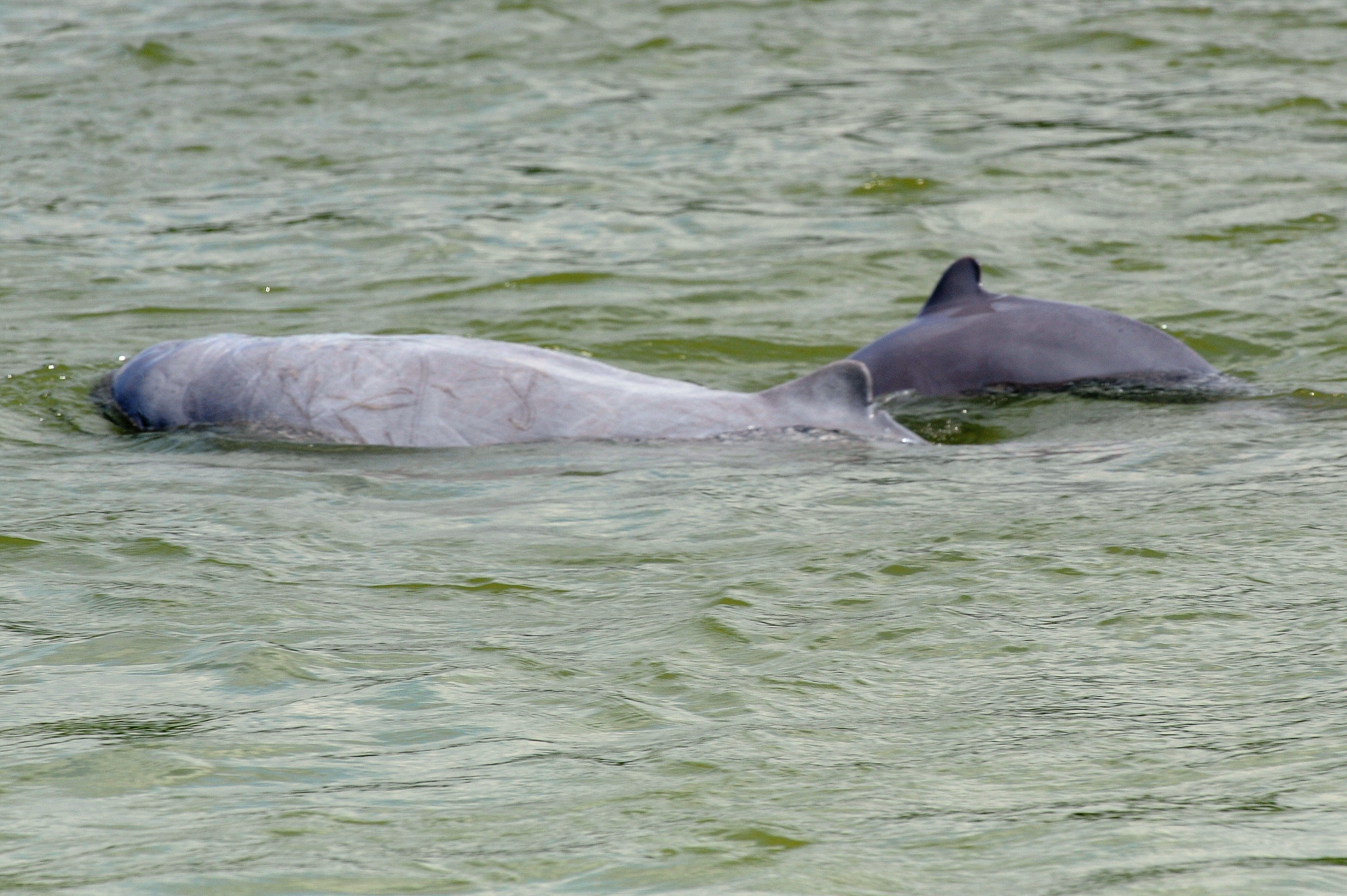Last known freshwater dolphin in northeastern Cambodia dies
The endangered animal died after getting tangled in a fishing net.

The last known freshwater Irrawaddy dolphin on a stretch of the Mekong river in northeastern Cambodia has died, according to wildlife officials.
The dolphin was found dead on Tuesday on a riverbank in Stung Treng province near the border with Laos, officials said.
According to Cambodia’s Fisheries Conservation Department, the dolphin got tangled in a fishing net.
These freshwater dolphins are also known as the Mekong river dolphin and are classified as endangered species by the International Union for Conservation of Nature.
The World Wildlife Fund (WWF) on its website notes that Irrawaddy dolphins are found in coastal areas in South and Southeast Asia, and in three rivers: the Ayeyarwady in Myanmar, the Mahakam in the Indonesian part of Borneo and the Mekong.
It notes that the Mekong river Irrawaddy dolphins “inhabit a 118-mile stretch of the river between Cambodia and Lao PDR and are scarce — just 92 individuals are estimated to still exist.”
Freshwater Irrawaddy dolphins have a bulging forehead, short beak, and 12 to 19 teeth on each side of both jaws, according to the WWF.
According to the AKP news agency in Cambodia, the tail of the last surviving freshwater was seen tangled in a fishing net about a week ago. The report said that the aquatic mammal was unable to swim because it had got caught in a fishing net and was unable to swim or hunt properly.
In 1997, the fisheries department conducted its first census of Irrawaddy dolphins in Cambodia and estimated that their population was about 200 at the time. By 2020, the population had gone down to 89.
Besides fishing nets, the species is also threatened by pollution, according to conservationists.
In recent years, risks have also increased due to climate change and waters made shallow by the construction of upstream dams, both of which decrease the number of other aquatic species that the dolphins eat.
Additional reporting by agencies
Join our commenting forum
Join thought-provoking conversations, follow other Independent readers and see their replies
Comments


Bookmark popover
Removed from bookmarks